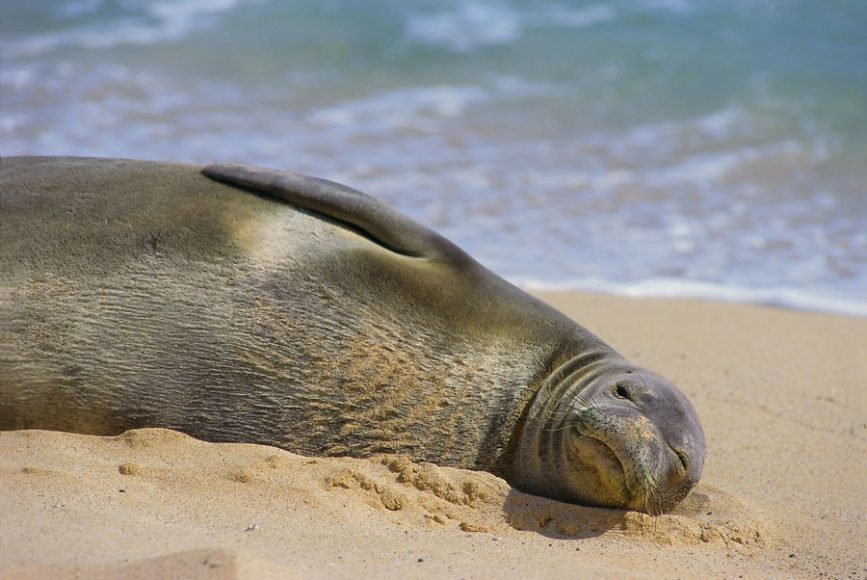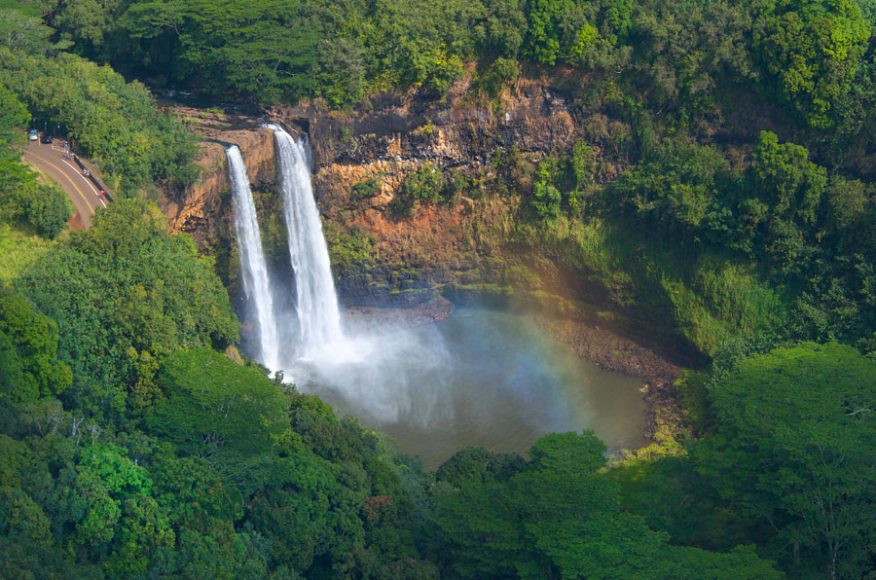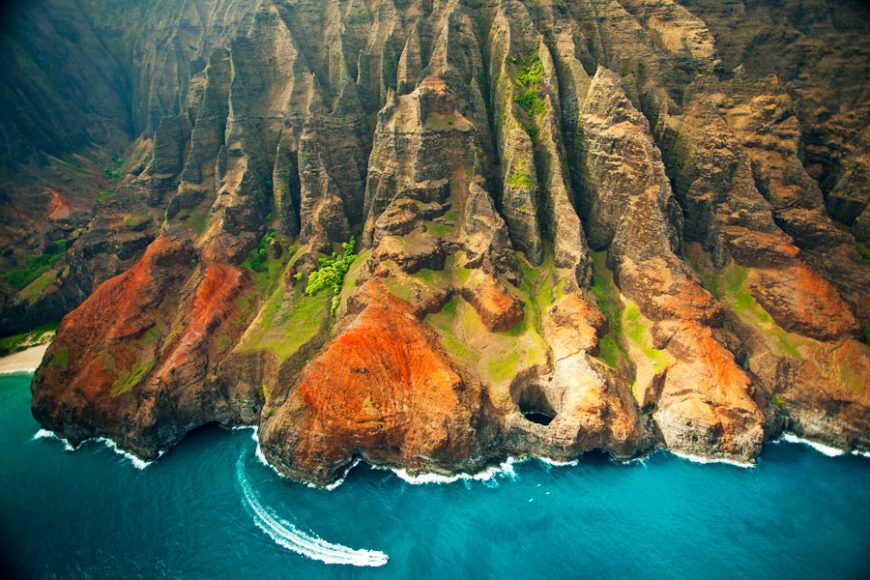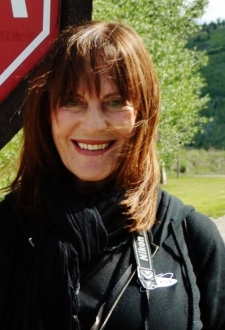The Hawaiian words Aloha Aina, Aloha Kai translate to “Love of the Land, Love of the Sea,” and nowhere do they sound as true and authentic as on the island of Kauai, the Garden Island. There, beauty is palpable. You can feel it in the elements of nature and the quality of the air and the ocean. Then there is this: No building is higher than a coconut tree, streams and rivers provide myriad possibilities for recreation and, with 553 square miles of white sand shoreline, Kauai has more beach than any of its sister islands.
Kauai is the fourth-largest, oldest and northernmost island in the Hawaiian chain. So why is it the Garden Island? Because 97% of its land is composed of undeveloped mountain ranges and rainforests. Parts of Kauai are only accessible by sea or air. But more than just sheer beauty, the island is home to a variety of activities from kayaking the Wailua River to snorkeling on Poipu Beach or hiking the trails of Kōke‘e State Park.
Kauai is known as The Land of a Thousand Waterfalls, some tumbling hundreds of feet out of the jungle, some small enough to walk across and then jump into a lagoon and swim directly under a symphony of rushing water. The island has jungle, desert, mountains and plains, and the sheer diversity of the climate is mind-blowing. At Mount Wai‘ale‘ale it rains nearly every day, making it one of the wettest places on earth, yet travel just a few miles and rain is rare. The North Shore is lush while the South Shore is a sunny playground. Above all, what you take away from a visit is Kauai’s laid-back atmosphere and rich culture found in small villages well off the beaten path.
To get the most out of a garden isle visit, it’s important to be in harmony with the principles of old Hawaii. Islanders respect the land, care for the land and give back to the land. Ecotourism is large here, as I found out. Given work gloves, sunscreen and a rake, I joined a busy group and for the next three hours we cleaned that beach to within an inch of its life. On my ride back to the hotel, I felt a curious, happy glow. I chalked it up to having just cleaned a tiny portion of paradise and, in my small (very small) way, I’d made a contribution to one of the most sacred spots on earth.
No visit is complete without a tour of the 17-mile Napali Coast, a place defined by extraordinary natural beauty. Na pali means “the cliffs,” and it’s easy to see why: Razor-sharp ridges tower above the Pacific revealing beaches, a thick jungle canopy and waterfalls that plunge 4,000 feet to the lush valley below. Hollywood has taken notice here. Many films have showcased the Napali coast, from “Avatar” and “King Kong” to “Pirates of the Caribbean.” I sailed along the coast on a catamaran kitted out with all the modern amenities — a large snorkel platform, fresh water shower, a spacious restroom and a cushioned and shaded seating. We anchored long enough to allow snorkeling and this, then, put the icing on our sumptuous Napali cake.
I was told that to see some of the most iconic sunsets ever — anywhere — I had to set my compass for Princeville, a picturesque location with cliffside views overlooking the sea. In 1869, the area was named in honor of Prince Kamehameha and had its beginnings in sugarcane, later becoming a cattle ranch and developing today into a remarkable resort community. I had the unique pleasure of sitting on a terrace of the St. Regis Princeville Resort with an impeccable view of Makana mountain (also known as Bali Hai) and experiencing a special event that’s celebrated each evening — toasting the sunset with a Champagne-sabering ritual (popping off the cork with a saber). If ever a Kauai sunset could be made more special, this kind of did it, the cherry on top if you will.
Out of the many activities I indulged in, from horseback riding through areas reminiscent of “Jurassic World” (yes, the movie was filmed there) to hiking up Namolokama Mountain to photograph its cascading waterfalls, my favorite fun pursuit was cycling. Run by Outfitters Kauai, whose claim is “Our business is going downhill,” my ride was indeed downhill for the entire 12 easy, breezy miles (scarcely a car on the road). It took about 45 minutes, sometimes reaching speeds up to 40 mph. I stopped several times to gaze at the green/gray canyons and the sea just beyond. This cycle journey was enlivened by van driver Ka Pono, who also played “sweep,” following the group to make sure no one was left behind. He told stories of his Samoan ancestors and his having held the title of four-time champion bull rider. It was all downhill and all terrific fun, I’d do it again in a heartbeat.
I took a stroll along the beach and was startled to see, just a few feet from me, a fat gray monk seal, sunning himself. He was so adorable I wanted to reach out and pet him but not a chance. The Hawaiian monk seal is among the most endangered creatures on earth. Often referred to as “living fossils,” this animal has remained relatively unchanged for more than 15 million years. There are less than 30 of these guys on Kauai and both state and federal laws prohibit touching or harassing them in any way. Another interesting fact: Kauai is relatively insect free. Whether in dense jungle or arid plains — no bugs. Another comforting thought: no snakes. I’m not quite sure why, but knowing this made me happy.
No doubt, Kauai astounds with its physical beauty, its geological drama of cliffs, rivers and waterfalls. Yet by far my deepest experience of the Garden Island was from its ancient legends, its history, its archaeology, and above all, its ubiquitous oral tradition. The very meaning of the island’s greeting bears this out: A: Akahai: Kindness, L, Lokahi: Unity, O, Olu’Olu: Pleasing, H, Ha’Aha’A: Humility, A, Ahonui: Patience = Aloha. Hawaiians believe that the spirit of Aloha starts within each of us — that it starts in the heart.
For more, visit gohawaii.com/kauai.




